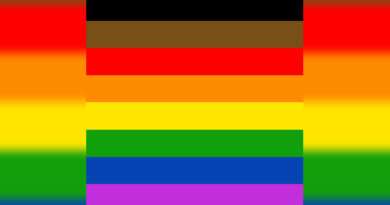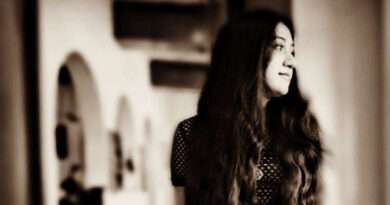The fetishization of the lesbian community: A dystopian reality.
When someone is treated as a sexual object simply because of who they are, it is called fetishization. This could be because of their race, certain features and/or attributes, or their sexuality. In this article, we will be talking about the fetishization of the lesbian community. Our society has normalised the idea that romantic female relationships are the same as, equivalent to, or synonymous with lesbian hypersexuality and fetishism. The way Sapphism is portrayed in the media is congenitally erotic and further socialises an all-male culture where queer people (assigned female at birth) are for their sexual gratification only. The media is a major culprit for socialising and promoting these attitudes and behaviours in society by dwelling on unrealistic and unrepresentative lesbian narratives.
This propaganda is often broadcast through movies, social media, music, and broader popular culture—femininity is completely intertwined with sexuality while also portraying feminine white women. Therefore, blatantly disregarding the fact that queer people come in all colours, shapes, and sizes and cajoling queer youth, as long as they are sexually active and conform to a certain stereotype, their status in society is irrelevant.

For instance, Katy Perry’s portrayal of a straight girl learning about her sapphic identity in the 2008 hit “I Kissed a Girl” The phrase “I kissed a girl just to try it/I hope my boyfriend doesn’t mind it” is a good example of this in some of her lyrics. This suggests that she may be straight and is manipulating her sexuality to get her boyfriend’s attention. The fact that she adds, “That it felt so wrong, felt so right,” suggests that she is heterosexual. Another excellent example of lesbian hypersexualization and fetishism in music is Drake’s “Girls Want Girls,” which contains the line “You say you’re a lesbian, and I’m a girl too.”Both of these songs encourage lesbian fetishism and are ultimately harmful as they negate lesbian experiences by implying that lesbianism is “just a phase” or only temporary.
Furthermore, lesbians are fetishized in Sapphic pornography, which is primarily created for men by men and has played an extremely detrimental role in our understanding of lesbianism.

Men ‘joining in’ on lesbian intercourse in pornographic media has generated the notion that female sexuality is naturally flexible and merely an experimental phase. Sapphics have been sexualized and objectified in sapphic pornography. It is also created by and for the masculine gaze. This completely undermines bisexual women and non-binary people’s narrative and depicts lesbianism as something readily appropriated by males, which is incredibly detrimental to women and non-binary people in the LGBTQ+ community. The narrative of lesbianism being a hypersexual fantasy for men has been inculcated into society since immemorial and has real-life consequences. The majority of queer afab people have faced multiple accounts of when a man would have either questioned and/or belittled and invalidated their sexuality as well as their sexual experiences.
Once they reveal that they are a part of the LGBTQ+ community, they are plagued with questions that pick apart their sapphic experiences, and some men make statements and claims around how they could somehow cure lesbianism, such as: “But how do you know you’re a lesbian?” You just need a real man, and I’m sure I can turn you”. Statements like these signify how Sapphics are consistently hypersexualized and fetishized by men and how their relationships are invalidated by being viewed as people whose relationships are not as good as those of heterosexual couples.
These hypersexual tendencies make it near-impossible for queer people to be taken seriously in society. We must incorporate our mobilisation abilities to combat a society that views lesbianism as solely a hypersexual fetish. This isn’t some euphoric, utopian fantasy; lesbian hypersexualization in music, film, and real-life situations causes them significant pain and has a detrimental impact on them. It’s bizarre how we’ve allowed males to perceive Sapphic women as naturally erotic and for their sexual gratification for so long while lesbianism excludes them by definition. Instead, we must establish a lesbian narrative that is inclusive and representative of our community, covering what it means to be a lesbian beyond the sexual aspect. The discrimination against lesbians is a societal wrong that must be addressed. It’s time for us to take action against this, to speak up, to use our voices, and to be heard.
We ought to implement a paradigm shift in this regard. We can help by ensuring that queer representation in media is fair and factual and that our portrayal of sapphics is not geared towards the male gaze.



